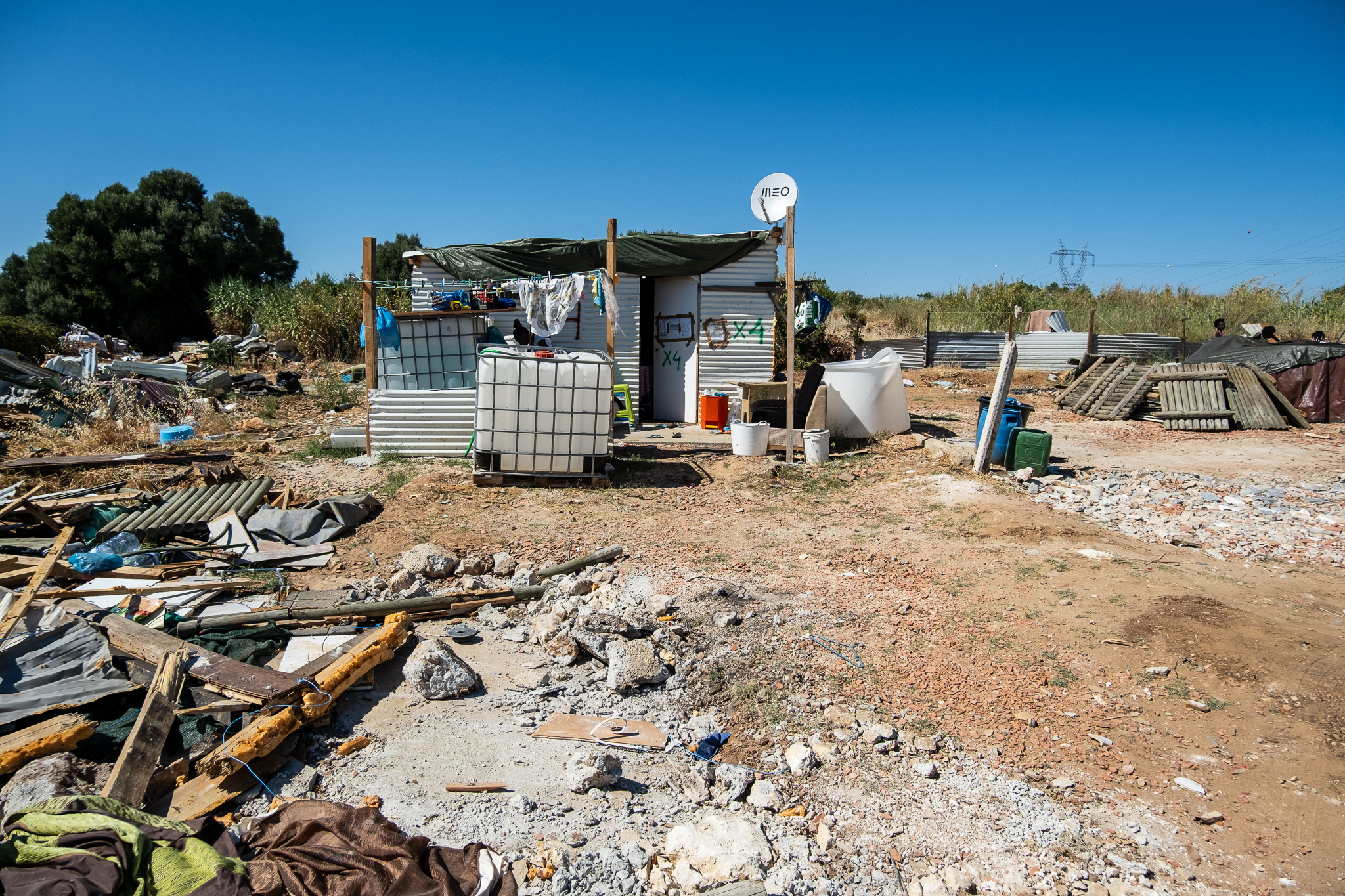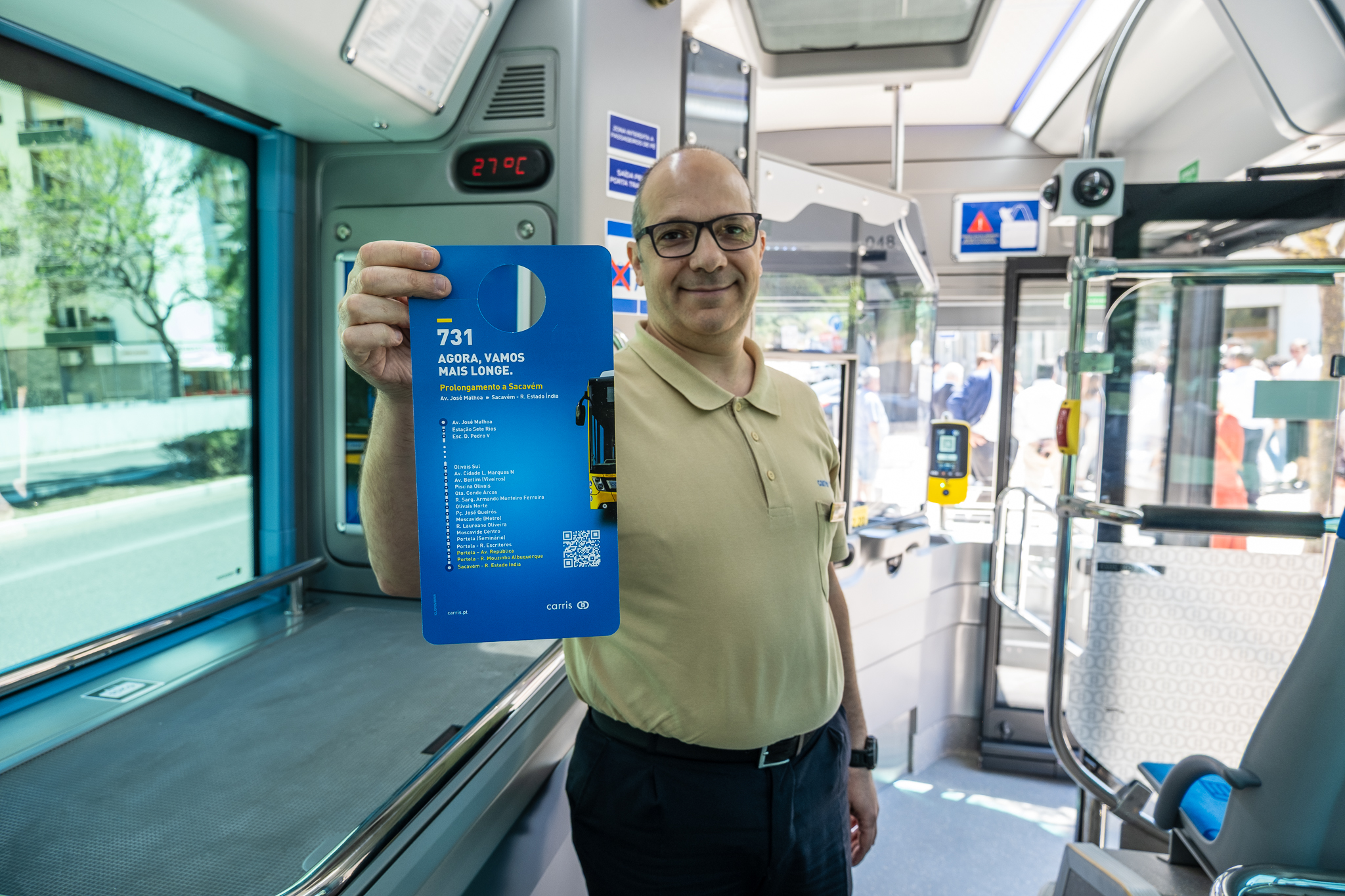The Lisbon Metropolitan Area remains, but the 18 municipalities are now divided into two Intermunicipal Communities: Greater Lisbon, to the north of the Tagus, and the Setúbal Peninsula, to the south.

At the beginning of the year, two new Intermunicipal Communities (CIMs) were discreetly created in Portugal. The Greater Lisbon CIM and the Setúbal Peninsula CIM will now differentiate the north and south banks of the Tagus within the Lisbon Metropolitan Area (AML). The main aim is to put the Setúbal Peninsula region in a more favorable position when it comes to EU funding, allowing it to receive a higher percentage of non-repayable grants.
The two CIMs mean, in practice, two sub-regions within the current AML, which remains a metropolitan region. The Greater Lisbon CIM now includes Amadora, Cascais, Lisboa, Loures, Mafra, Odivelas, Oeiras, Sintra and Vila Franca de Xira, while the Setúbal Peninsula CIM includes Alcochete, Almada, Barreiro, Moita, Montijo, Palmela, Seixal, Sesimbra and Setúbal.
The creation of these two Intermunicipal Communities is reflected in the NUTS - an acronym for "Nomenclature of Territorial Units for Statistical Purposes" and which corresponds to the division of the territory into regions. The NUTS, a nomenclature created by Eurostat in the early 1970s with the aim of harmonizing statistics from the various countries European in terms of collecting, compiling and disseminating regional statistics, is subdivided into three levels. The new AML CIMs are present at levels two and three, NUTS II and III, where the "Área Metropolitana de Lisboa" has been replaced by the "Grande Lisboa" and "Península de Setúbal" regions.
| NUTS III | NUTS II | NUTS II |
|---|---|---|
| Alto Minho Cávado Ave Porto Metropolitan Area Alto Tâmega and Barroso Tâmega and Sousa Douro Lands of Trás-os-Montes | North | Mainland |
| Aveiro Region Coimbra Region Leiria Region Viseu Dão Lafões Beira Baixa Beiras and Serra da Estrela | Center | |
| West Middle Tagus Lezíria do Tejo | West and Tagus Valley | |
| Greater Lisbon | Greater Lisbon | |
| Setúbal Peninsula | Setúbal Peninsula | |
| Coastal Alentejo Lower Alentejo Upper Alentejo Central Alentejo | Alentejo | |
| Algarve | Algarve | |
| Autonomous Region of the Azores | Autonomous Region of the Azores | Autonomous Region of the Azores |
| Autonomous Region of Madeira | Autonomous Region of Madeira | Autonomous Region of Madeira |
The division of the Lisbon Metropolitan Area into two regions seeks to solve a persistent problem: the Setúbal Peninsula, previously considered a "rich" region because it was integrated into the Lisbon area, faced imbalances and received smaller-scale financial support. In fact, the Setúbal Peninsula was losing competitiveness and was significantly distant from the development of Greater Lisbon, resulting in metropolitan asymmetries. The territory of the Setúbal Peninsula is now treated as a specific reality, without jeopardizing the maintenance of AMLThe aim is to resolve these discrepancies in the territory
In addition to the changes in the capital's metropolitan region, The "Oeste e Vale do Tejo" region was created in the NUTS III, with the integration of the Oeste, Médio Tejo and Lezíria do Tejo CIMs into the same administrative unit. Previously, Oeste and Médio Tejo belonged to "Centro", while Lezíria do Tejo was in "Alentejo". The Oeste and Vale do Tejo region, together with Greater Lisbon and the Setúbal Peninsula, form a larger region: the Lisbon and Tagus Valley region. This nomenclature is not present in the NUTS but is the basis for the work of the Lisbon and Tagus Valley Regional Coordination and Development Commission (CCDR-LVT). This entity is responsible for managing the European funds that reach the three NUTS II regions that make it up, and can now promote positive discrimination for the Setúbal Peninsula when it comes to accessing this funding.
There are now four supra-municipal organizations in the Lisbon metropolitan region: the Greater Lisbon CIM and the Setúbal Peninsula CIM, two inter-municipal entities, which seek synergies between the municipalities to the north and south of the Tagus, respectively; the Área Metropolitana de Lisboa, where the municipalities of the two aforementioned CIMs sit and work together on joint projects such as Carris Metropolitana or the Navegante ticketing system; and the CCDR de Lisboa e Vale do Tejo, which looks at the development of the AML territory and the Oeste e Vale do Tejo region and access to European funding.
The municipalities of the Setúbal Peninsula had long been calling for the creation of their own inter-municipal community. That's what happened at the end of 2022, at the initiative of António Costa's government and of a law passed in ParliamentThe vote was approved by the PS, PCP, BE and Livre, with the PSD, Chega, IL and PAN abstaining. The change in NUTS was then requested from the European Union, which accepted it. The administrative reorganization recognizes the particularities of the Setúbal Peninsula in terms of human and natural resources, industrial and logistical activities, and the business sector, with the aim of enhancing them. It also recognized a territorial identity based on values, cultures and a collective history deeply influenced by industries and the crossing of cultures, and highlighted an organization among local players in favour of unity and cooperation.
Having established the regions of Greater Lisbon and the Setúbal Peninsula in the NUTS, we are now waiting for the formalization of these two CIMs this year, which should take place in a climate of greater stability and predictability in central government.







